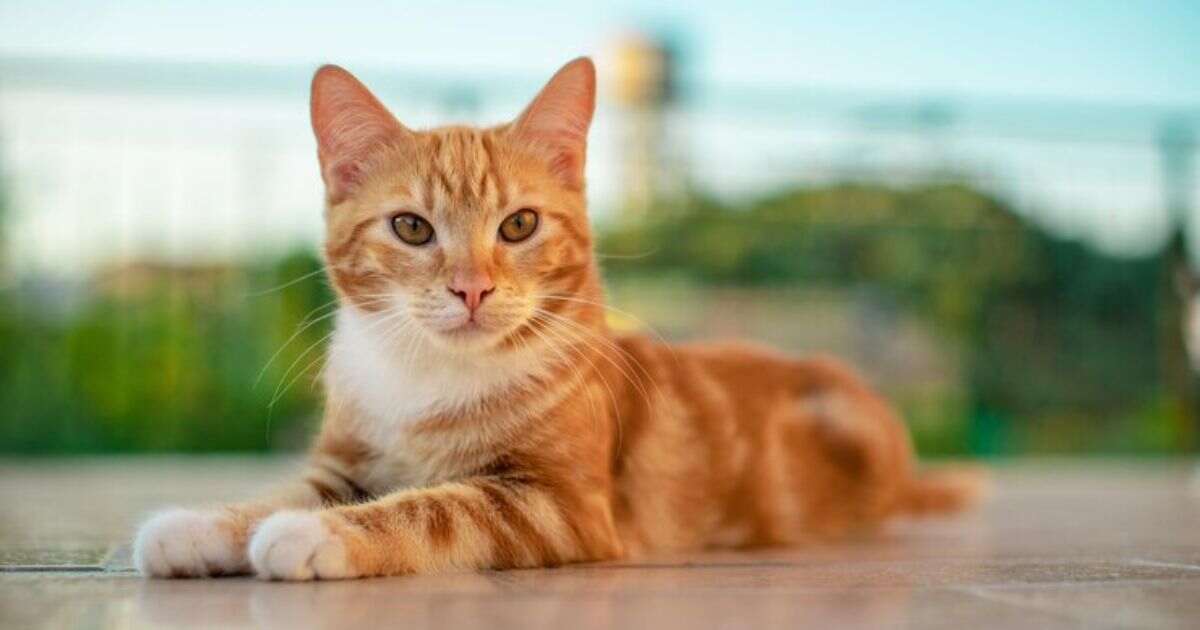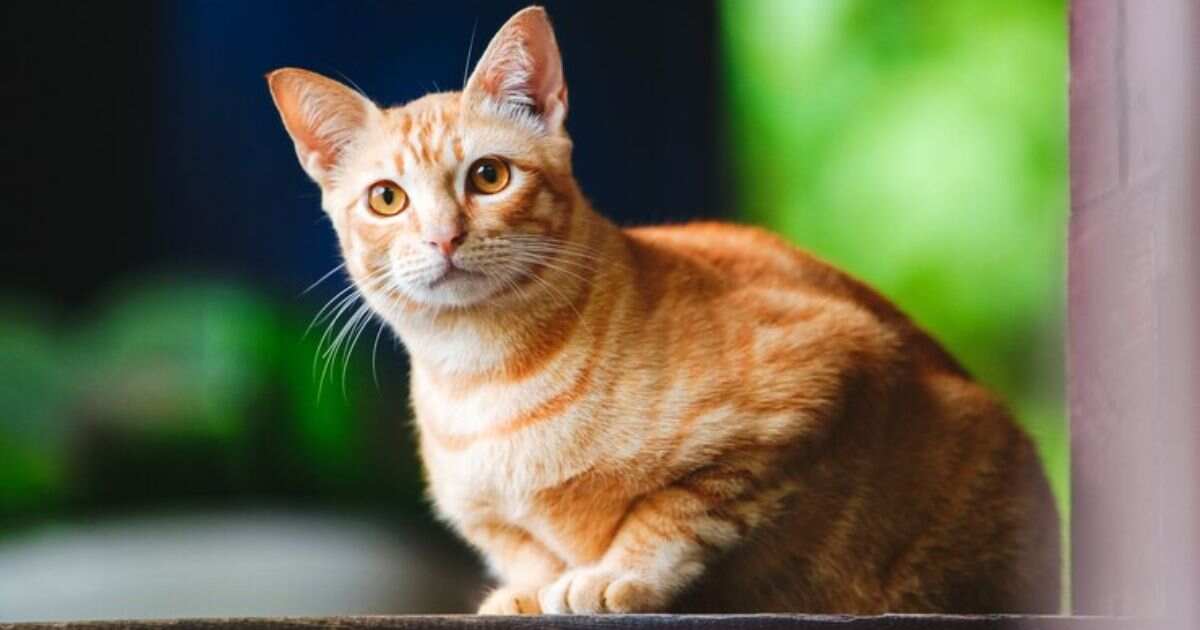The Iconic Orange Tabby Cat: A Closer Look
What Makes Them Special?
Orange tabby cats aren’t a specific breed; they’re cats with a certain type of fur pattern. These cute cats have stripes, spots, and swirls that make their tabby pattern unique. “Tabby” doesn’t mean a particular breed, but it’s a common coat pattern seen in many wild and domestic cats. Orange tabbies, also called red or ginger tabbies, stand out because of their bright, warm color.

The Tabby Patterns
Tabby cats can have five different fur patterns:
- Mackerel Tabby: When you picture an orange tabby, this is probably what you imagine. Mackerel tabbies have thin, evenly spaced stripes running down their bodies, branching off from a single stripe along their spine, looking like a fish skeleton. That’s why they’re called “mackerel”! These cats look a lot like little tigers with their bold stripes.
- Classic Tabby: Classic tabbies have a marbled look with swirling patterns on their sides. Their fur has a mix of wide stripes and spots, creating a beautiful mosaic effect. These cats are very elegant and charming.
- Spotted Tabby: Spotted tabbies have big, distinct spots on their fur. These spots can be different shapes and are spread out evenly. Picture an orange canvas with delightful spots scattered all over.
- Ticked Tabby: Ticked tabbies have a special coat where each hair has bands of different colors. Their fur looks speckled, almost like a fine texture. These cats have a subtle beauty that becomes more noticeable over time.
- Patched Tabby: Patched tabbies mix different tabby patterns on their fur. You might see patches of mackerel, classic, or spotted patterns all on one cat. These patchwork kitties are a delightful mix of various tabby styles.
Identifying Orange Tabbies
How can you spot an orange tabby? Look for these signs:
- M-Shaped Marking: Most orange tabbies have an M-shaped mark on their foreheads, like a special signature.
- Eye and Face Stripes: They have white or dark lines around their eyes and stripes across their faces.
- Body Stripes: They have stripes running down their backs, legs, and tails, which can be bold or subtle.
- Pigmented Paws and Lips: Their paws and lips often show hints of orange.
- Chin and Belly Color: Their chins and bellies are usually a lighter color.
- Leg and Tail Banding: Look for stripes or bands on their legs and tails, which add to their charm.
Ancient Roots and Legends
Historians think orange tabbies were around in ancient Egypt because they appear in Egyptian art. Some even say they might be related to the Egyptian Mau, a breed with a similar pattern. These cats have a timeless charm that has won hearts for centuries.
In short, orange tabby cats are a wonderful mix of history, genetics, and cuteness. Whether they’re lying in the sun or chasing imaginary mice, these cats bring warmth and joy to our lives. So, the next time you see an orange tabby, take a moment to appreciate their unique beauty.
Orange Tabby Cat Personality
Orange tabbies aren’t a specific breed, but they’re known for their sunny personalities. They’re playful and affectionate, always ready to shower you with love and silly antics. Smart and talkative, they’ll entertain you with their tricks and expressive meows. Loyal and gentle, they form strong bonds and make great companions, bringing joy and laughter to your life.
Orange Tabby Cat Breeds
While the orange tabby cat isn’t a breed itself, it appears in many different breeds. You can find orange tabbies in gentle giants like Maine Coons and cuddly Persians. They also show up in American Shorthairs, British Shorthairs, Abyssinians, and even the exotic Bengal. So, no matter what breed characteristics you like, you can find an orange tabby that fits your preference.
